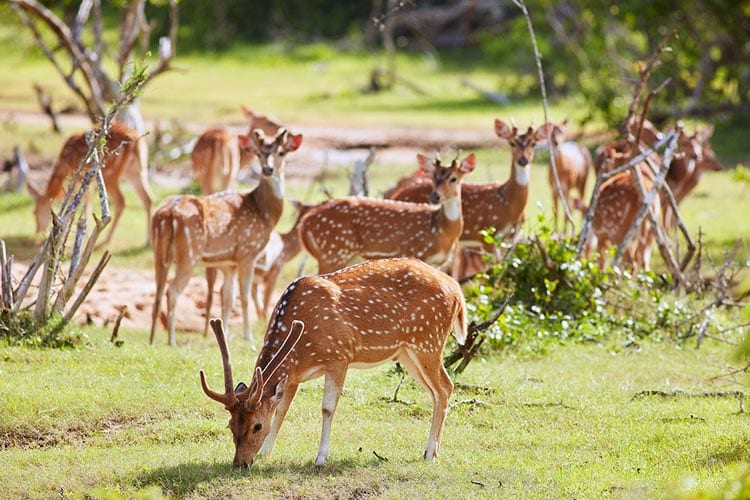
Wildlife Species in Sri Lanka
Sri Lanka is home to a wide variety of wildlife, thanks to its diverse ecosystems, which include rainforests, wetlands, savannas, and coastal areas. The island is renowned for its rich biodiversity, both in terms of flora and fauna. Here are some key highlights of the wild beings (wildlife) you can find in Sri Lanka.
- Sri Lankan Elephants: Sri Lanka is home to a unique subspecies of the Asian elephant. The population of Sri Lankan elephants is estimated to be around 7,500. These elephants are often seen in national parks such as Uda Walawe, Yala, and Minneriya. The Minneriya National Park is particularly famous for the annual "Gathering," where hundreds of elephants converge at the reservoir during the dry season to drink water.
- Sri Lankan Leopards: The Sri Lankan leopard is an endemic subspecies and one of the island's most iconic predators. Found primarily in Yala National Park and Wilpattu National Park, these elusive creatures are known for their stealth and adaptability. They are one of the island's "Big Cats" and are a major attraction for wildlife photographers and safaris.
- Sloth Bears: Sloth bears are found in the tropical forests of Sri Lanka. They are nocturnal and are characterized by their shaggy coats and white "V" shaped markings on their chests. Wilpattu and Kumana National Park are great places to spot them.
- Purple-Faced Langur: This endangered species of primate is endemic to Sri Lanka. They are primarily found in the rainforests of the central and southwestern parts of the island, including areas like Sinharaja Forest Reserve. The purple-faced langur is easily recognizable by its distinctive purple-coloured face and long tail.
- Sri Lankan Leopard Gecko: A nocturnal reptile native to Sri Lanka, the leopard gecko is often found in dry forests and grasslands. It’s one of the few species of geckos that are not nocturnal, but still somewhat elusive.
- Crocodiles:
- Mugger Crocodile (Indian Crocodile) – Found in rivers, lakes, and coastal areas.
- Saltwater Crocodile – The largest living reptile, it can be found along the coasts of Sri Lanka, especially in the mangrove areas of Bundala National Park.
- Birdlife: Sri Lanka is a paradise for bird watchers, with over 400 species of birds, including 33 endemics.
- Sri Lanka Junglefowl (the national bird)
- Ceylon Hill Mynah
- Yellow-fronted Barbet
- Spot-winged Thrush
- Bundala National Park, Kumana National Park, and Sinharaja Forest Reserve are prime spots for birdwatching.
- Marine Life:
- Whales and Dolphins: Sri Lanka is one of the best places in the world to see blue whales and sperm whales. Mirissa is a popular place for whale watching, while Trincomalee is known for sightings of dolphins.
- Sea Turtles: Sri Lanka is a nesting ground for five species of sea turtles, including the Olive Ridley, Green, and Leatherback turtles. Rekawa and Kosgoda beaches are famous for turtle nesting.
- Giant Squirrels: The Sri Lankan Giant Squirrel is another endemic species, found in the forests of the central highlands. These squirrels are large, arboreal creatures and are characterized by their vivid reddish-orange fur.
- Wild Buffaloes: The Sri Lankan Wild Buffalo is a rare and endangered species that can be seen in Wilpattu National Park and other remote areas. They are larger and stockier than the domesticated buffalo.

National Parks and Wildlife Reserves
Sri Lanka has numerous national parks and wildlife reserves that are crucial for conservation and provide excellent opportunities for safaris and wildlife viewing. Some of the most notable ones include:
- Yala National Park: One of the most famous parks in Sri Lanka, Yala is known for its high concentration of leopards. It's also home to elephants, sloth bears, crocodiles, and a rich variety of birds.
- Udawalawe National Park: Famous for its large population of elephants, Uda Walawe is also home to water buffalo, monkeys, and various species of birds. The park's open grasslands and the Uda Walawe Reservoir make it a great spot for safaris.
- Wilpattu National Park: Known for its unique "villus" (natural lakes), Wilpattu is one of Sri Lanka’s oldest and largest national parks. It's a prime location to spot leopards, elephants, and other wildlife in a more tranquil setting compared to Yala.
- Sinharaja Forest Reserve: A UNESCO World Heritage Site, Sinharaja is a tropical rainforest and one of the most biodiverse places on the island. It's home to many endemic species of plants, birds, and insects, making it a paradise for nature lovers and bird watchers.
- Kumana National Park: Famous for its birdlife, Kumana is an important bird sanctuary and is home to migratory species such as the painted stork and other waders. It's also home to a variety of mammals and reptiles.
- Bundala National Park: Known for its wetlands and saltwater lagoons, Bundala is a haven for bird watchers and a critical stopover for migratory birds. It's also home to crocodiles, elephants, and other wildlife.
- Minneriya National Park: Famous for the annual gathering of elephants, Minneriya is one of the best places to see herds of wild elephants. It's also home to a variety of other animals and bird species.
Ads by thalgaha.com

Conservation Efforts
Sri Lanka has been proactive in protecting its wildlife through various measures:
- Wildlife Protection Ordinance: This law helps regulate the hunting and trading of endangered species.
- Forest Reserves and Protected Areas: Over 20% of the country’s land area is dedicated to national parks and protected areas, helping conserve biodiversity.
- Wildlife Conservation Organizations: Several local and international NGOs are working on wildlife protection, including the Wildlife Conservation Society (WCS), Fauna & Flora International (FFI), and others.

Challenges to Wildlife in Sri Lanka
Despite the conservation efforts, Sri Lanka’s wildlife faces several challenges:
- Habitat Destruction: Deforestation for agriculture, especially in the central and southern parts of the island, threatens wildlife habitats.
- Human-Wildlife Conflict: Elephants and other animals often come into conflict with farmers and villagers, particularly in rural areas, leading to casualties on both sides.
- Poaching: Illegal hunting and poaching, particularly for elephants (ivory) and leopards, continue to pose a threat to certain species.

Sri Lanka remains one of the best places in Asia to witness a wide range of wildlife in their natural habitats, and the country continues to make strides in wildlife conservation.
More Blog
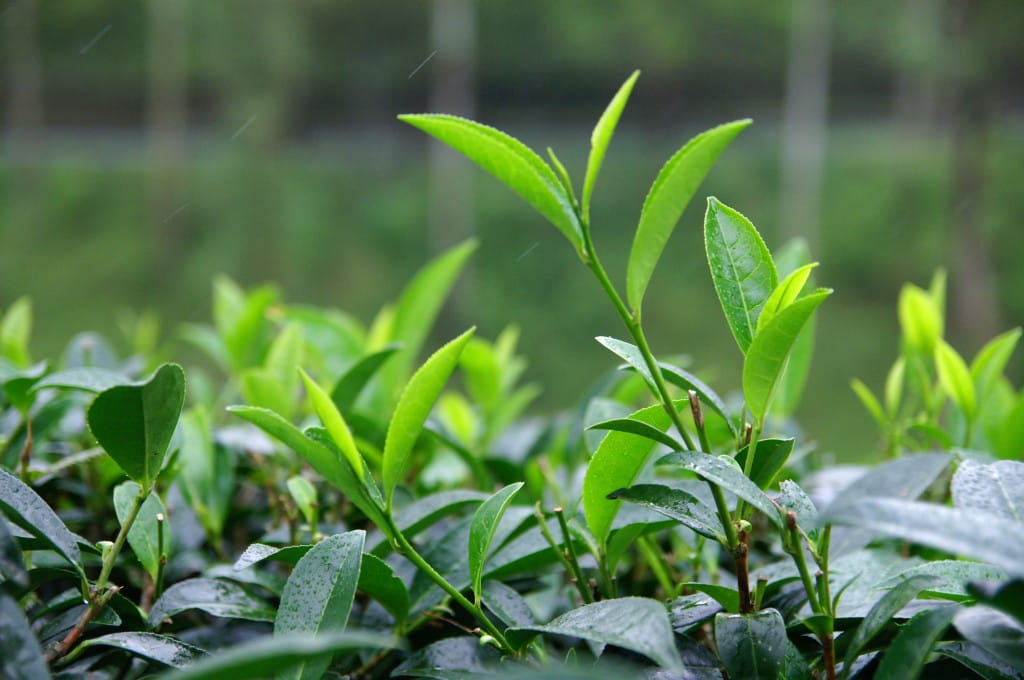
Ceylon Tea
Ceylon tea is a special type of tea that comes from Sri Lanka, an island in the Indian Ocean. It is famous all over the...

Costumes in Sri Lanka
The traditions, history and many more things of a country can be identified with the costumes the people wear. Ev...
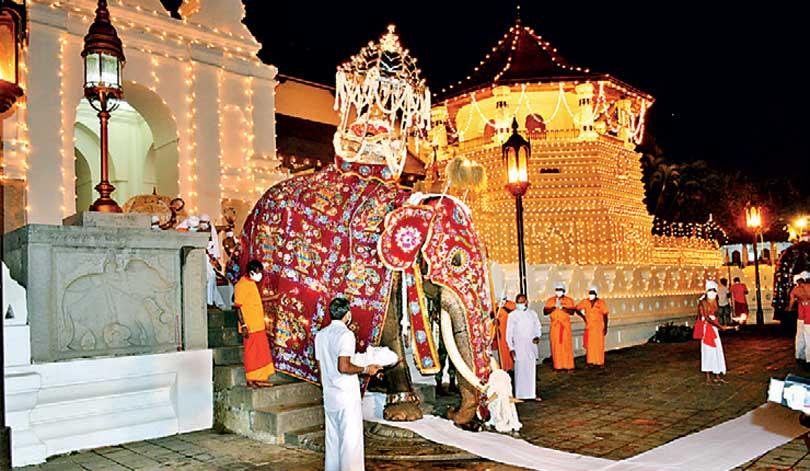
Tusker Nedungamuwa Raja
The most attractive scene in “Dalanda Perahera” is Nedungamuwa Raja carrying the tooth of lord buddha. This...
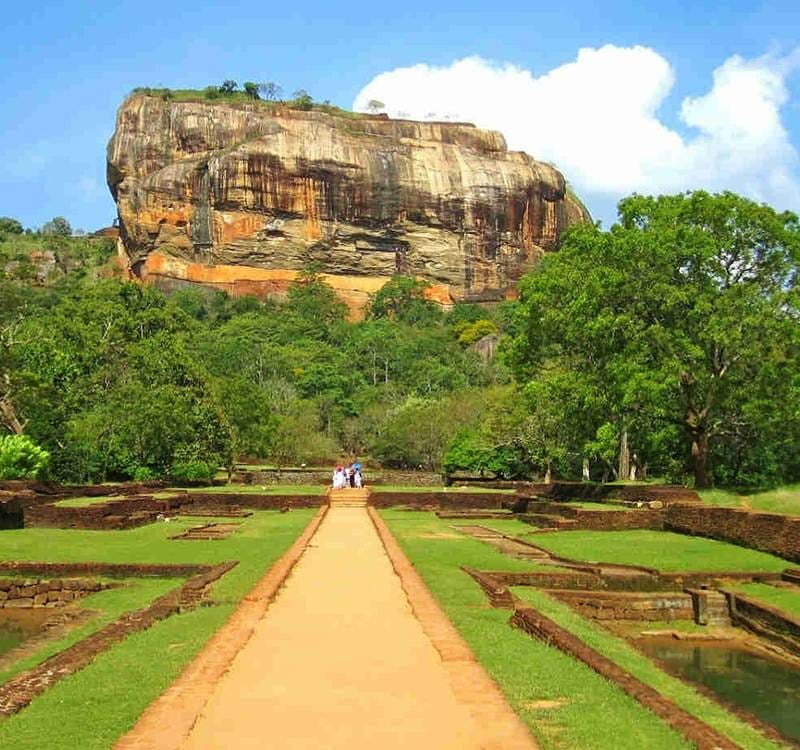
The Rock Fotress on Sigiriya
Sigiriya is the one of the famous places in Sri Lanaka. King Kashyapa made this place protecting himself against his br...
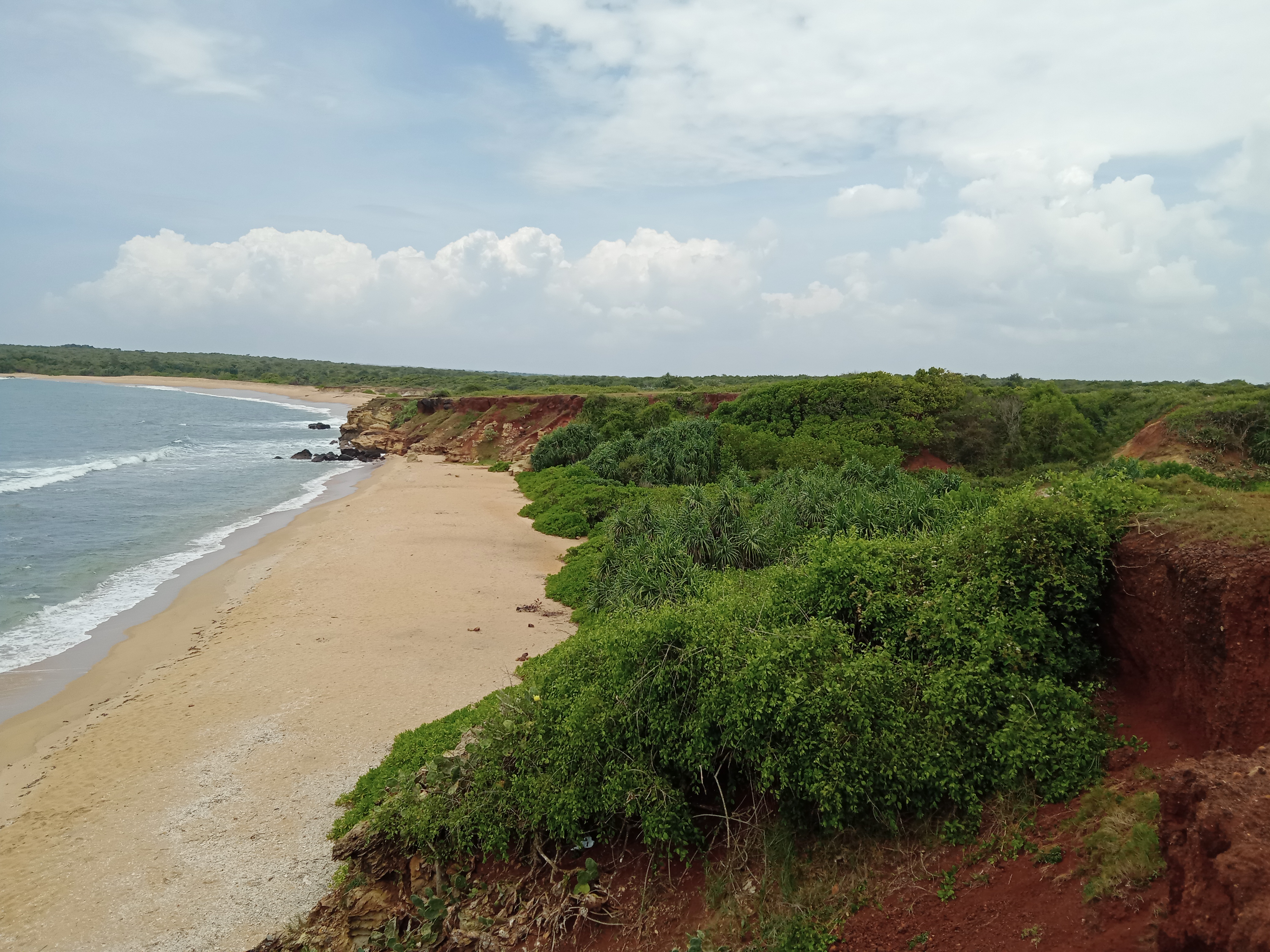
Save the Ocean
The human who lives on dry land sees only the surface area of the ocean and sea life living within that area. The ocean...
